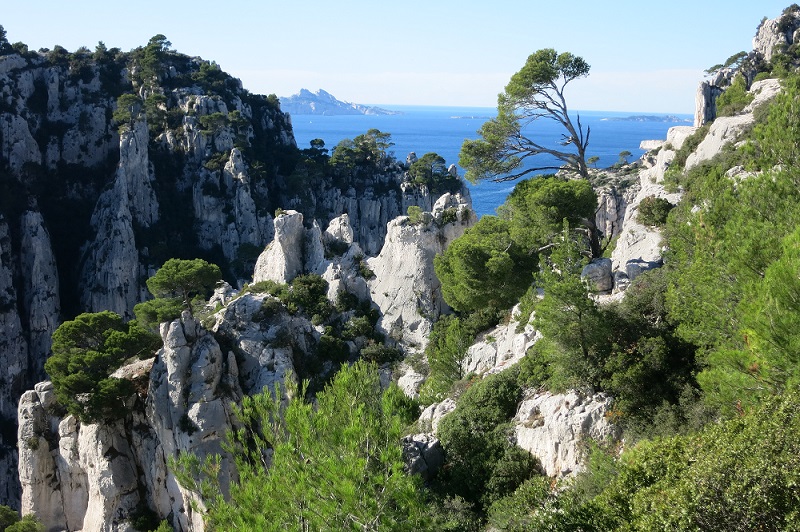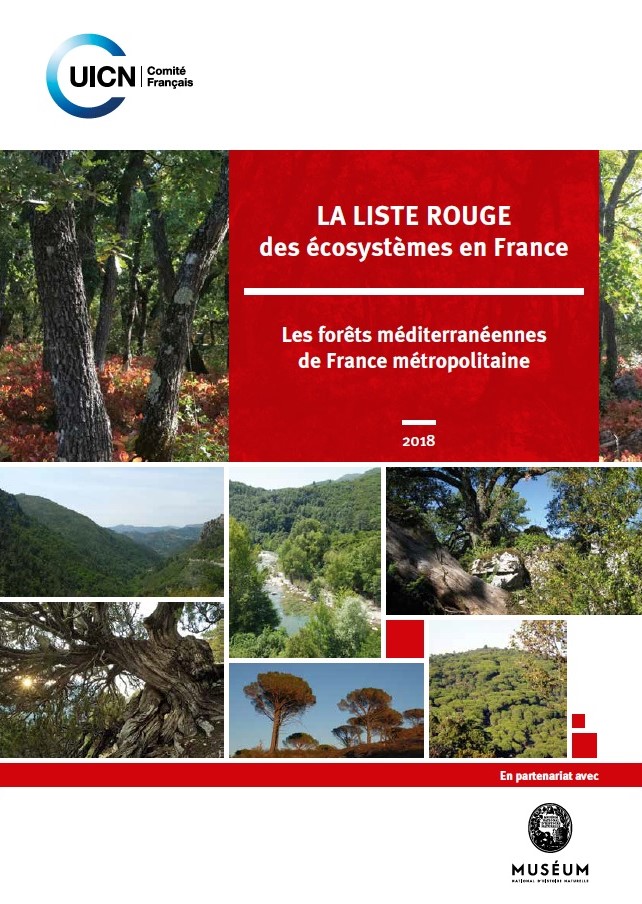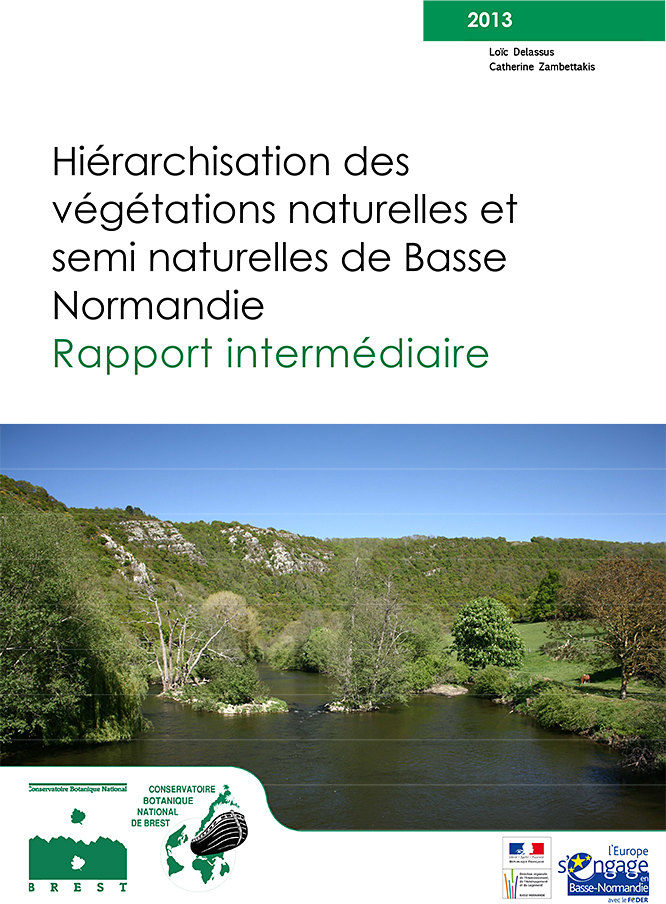
La Liste rouge des écosystèmes de l'UICN représente, depuis 2014, un nouveau cadre de référence mondial pour évaluer la vulnérabilité des écosystèmes. Son objectif est d’apporter une dimension écosystémique à la connaissance de l’état de la biodiversité et aux stratégies de conservation, sur la base d’évaluations facilement compréhensibles et scientifiquement rigoureuses. La Liste rouge des écosystèmes de l’UICN intègre ainsi la dimension fonctionnelle de la biodiversité, les liens qui existent entre les espèces et avec leur milieu, afin d’identifier les écosystèmes qui présentent la plus forte probabilité de s'effondrer.
L’évaluation de l’ensemble des écosystèmes (terrestres, marins et d’eaux douces) vient en appui à l’établissement de priorités d’actions et permet d’alimenter les stratégies de protection de la biodiversité, d’aménagement du territoire et de conservation des ressources naturelles. Cet outil permet en outre de réaliser des évaluations périodiques et de mesurer l’effet des mesures de protection et de gestion des écosystèmes mises en place.
Au niveau mondial, elle a déjà été appliquée ou est en cours d’application sur différents territoires, que ce soit à l’échelle de continents (Amériques, Europe), de pays (Venezuela, Colombie, Australie, etc.) de régions biogéographiques, ou pour des types d’écosystèmes bien particuliers (récifs coralliens, forêts boréales, etc.).

Structure des catégories de la Liste rouge des écosystèmes de l’UICN
Un écosystème correspond à un ensemble d’êtres vivants (biocénose) qui interagissent au sein du milieu naturel dans lequel ils vivent (biotope) et dont l’ensemble constitue une unité écologique fonctionnelle dans un espace délimité. La Liste rouge des écosystèmes de l’UICN évalue le risque d’effondrement de ces unités écologiques fonctionnelles, en décrivant et en analysant l’état des assemblages d’espèces, des propriétés physico-chimiques et des principaux processus et interactions entre la biocénose et le biotope caractéristiques de ces écosystèmes et qui régissent leur fonctionnement. La méthodologie s’appuie sur 5 critères : (A) Réduction de la distribution spatiale, (B) Distribution spatiale restreinte, (C) Dégradation de l’environnement abiotique, (D) Perturbation des interactions et/ou processus biotiques, (E) Analyse quantitative (modélisation) estimant la probabilité d’effondrement de l’écosystème.

Mécanismes d'effondrement de l’écosystème et symptômes du risque d'effondrement (source : Keith et al., 2013)
La France abrite une grande diversité d’écosystèmes grâce à ses territoires métropolitain et d’outre-mer, tant au niveau terrestre qu’au niveau marin (2e domaine maritime mondial). Cela lui confère une responsabilité de premier plan pour la préservation de ce patrimoine naturel.
Fort de son expérience dans la réalisation de la Liste rouge nationale des espèces menacées, le Comité français de l’UICN a lancé dès 2012 la réalisation de la Liste rouge des écosystèmes en France. Établie conformément aux critères de l’UICN, l’élaboration de cette Liste rouge nécessite de rassembler les données disponibles et les informations les plus complètes et les plus récentes possibles concernant la description et le fonctionnement des écosystèmes identifiés, en s’appuyant notamment sur de nombreux travaux de recherche.
En plus d’évaluer la vulnérabilité de tous les écosystèmes et d’identifier ceux qui sont menacés, la Liste rouge des écosystèmes permet d’identifier et de décrire l’ensemble des processus qui les affectent.
riveraines_Corse_AL.jpg)

Peupleraie noire © C. Panaïotis & Pinède à Pin d’Alep © T. Gauquelin
L’élaboration de la Liste rouge des écosystèmes en France est assurée par le Comité français de l’UICN, en partenariat avec le Muséum national d’Histoire naturelle (à travers l'unité PatriNat (OFB-MNHN-CNRS-IRD) et en collaboration avec de nombreuses organisations. Ces évaluations nécessitent de regrouper les informations les plus complètes et les plus récentes possibles concernant la description et le fonctionnement des écosystèmes identifiés, en s’appuyant notamment sur de nombreux travaux de recherche.
L’élaboration de la Liste rouge des écosystèmes en France associe l’ensemble des experts et parties prenantes compétentes en adoptant une approche partenariale et une démarche d’évaluation collégiale, afin que les résultats de ces évaluations soient reconnus et partagés par tous. La mise en œuvre de cet outil implique donc d’associer différents acteurs de la recherche, de la connaissance et de la gestion des espaces naturels ainsi que de la décision politique. Une fois validés, les résultats sont publiés et diffusés sur les sites de l’UICN France et de l’INPN.
Ces résultats permettent d’éclairer les décisions à prendre en matière d’aménagement du territoire, de gestion des milieux naturels et d’élaboration de stratégies de conservation de la nature pertinentes. Ces évaluations permettent également de souligner les principales lacunes de connaissance pour certains écosystèmes, et ainsi d’orienter de futurs travaux de recherche et d’acquisition de données.


La Liste rouge des écosystèmes en France, chapitre Forêts méditerranéennes (2018)
La méthodologie de la Liste rouge des écosystèmes de l’UICN représente un cadre d’évaluation du risque standardisé et robuste, transparent, objectif et scientifiquement rigoureux dont les résultats sont facilement compréhensibles par le grand public et les décideurs politiques. Cette méthodologie d’évaluation peut être appliquée à des classifications cohérentes de types d’écosystèmes terrestres, marins et souterrains. La flexibilité du protocole lui permet d’évaluer le risque encouru par des entités écologiques dont les caractéristiques biologiques et environnementales peuvent varier sensiblement, qui peuvent se situer à différentes échelles d’organisation et dont la quantité de données disponibles peut être variable.
Plusieurs Listes rouges écosystémiques ont été élaborées au niveau régional, notamment par les conservatoires botaniques nationaux, selon diverses typologies (classification phytosociologique, CORINE biotopes, etc.) et méthodologies (suivant les critères de l’UICN ou d’autres critères). Un projet de guide d’application de la méthodologie de la Liste rouge des écosystèmes de l’UICN à des échelles infranationales est en cours d’élaboration, mené conjointement par le Comité français de l’UICN, le Muséum national d’Histoire naturelle et le réseau des conservatoires botaniques nationaux.
Pour aller plus loin : consulter le tableau de bord des Listes rouges écosystémiques régionales.



Listes rouges régionales